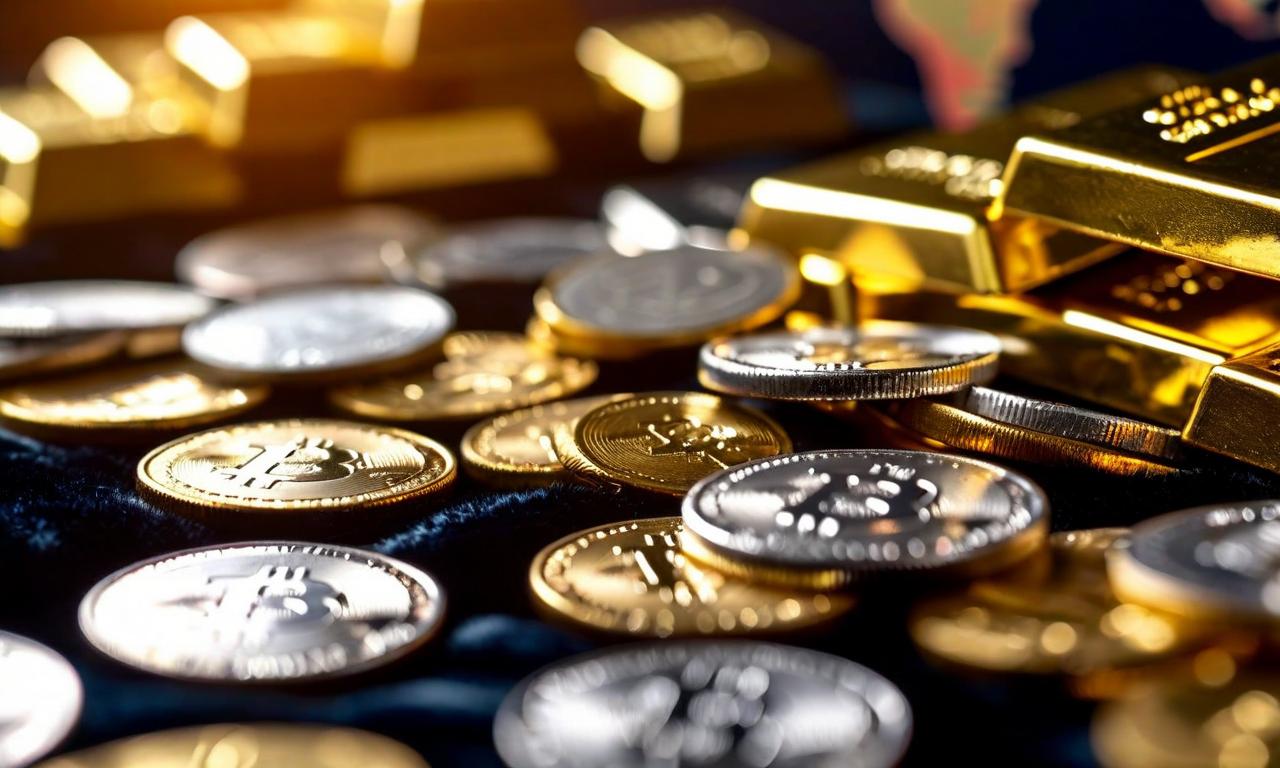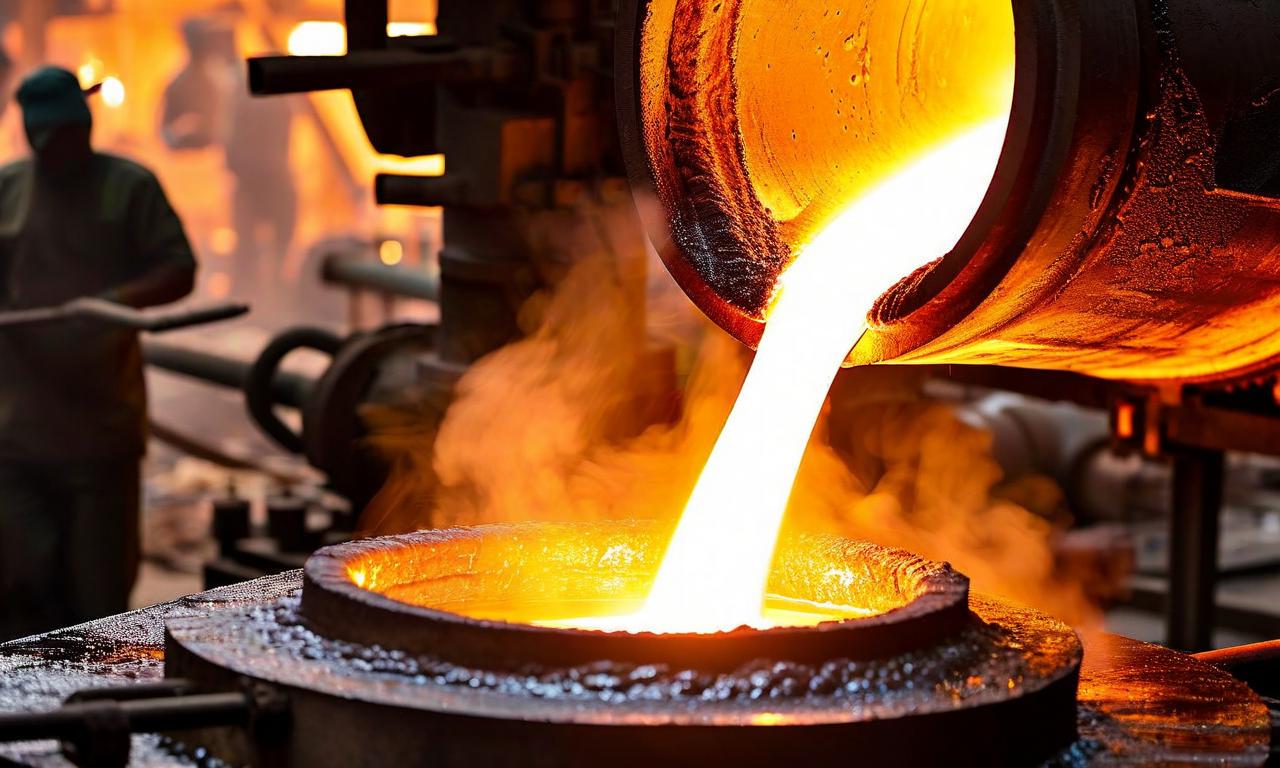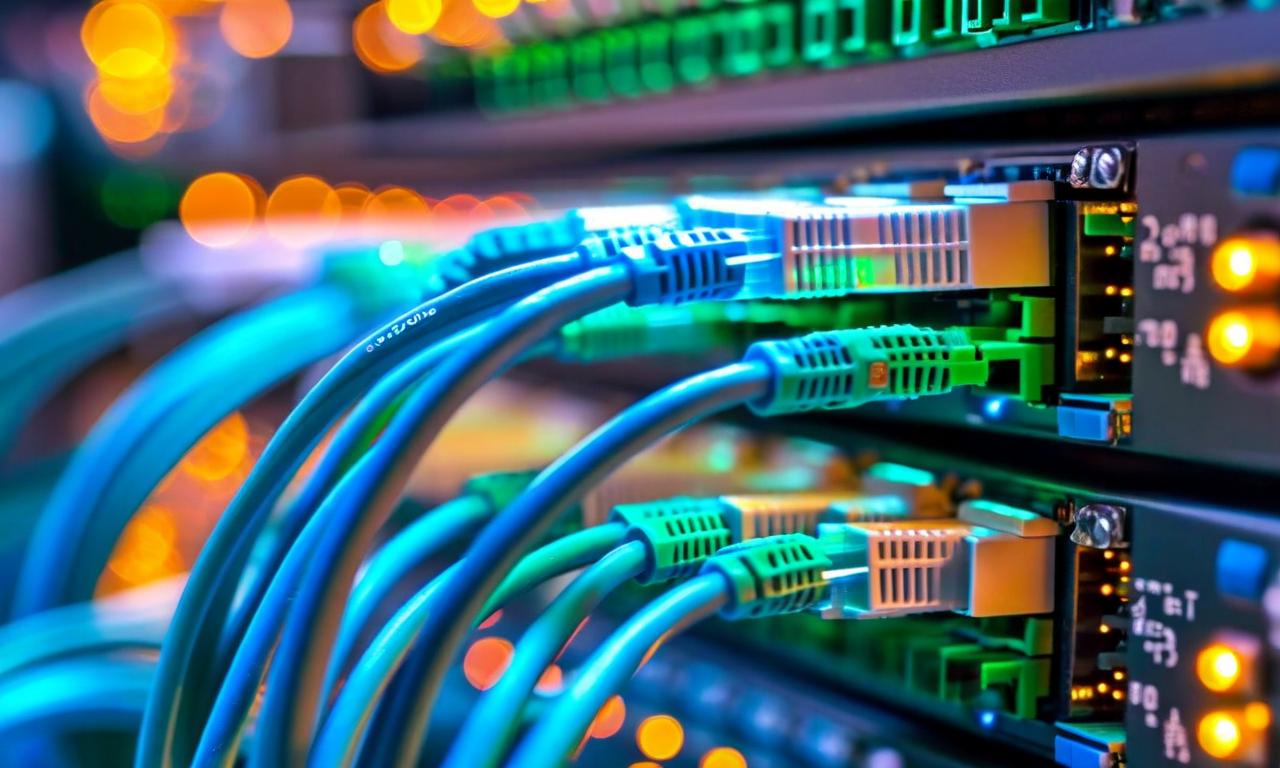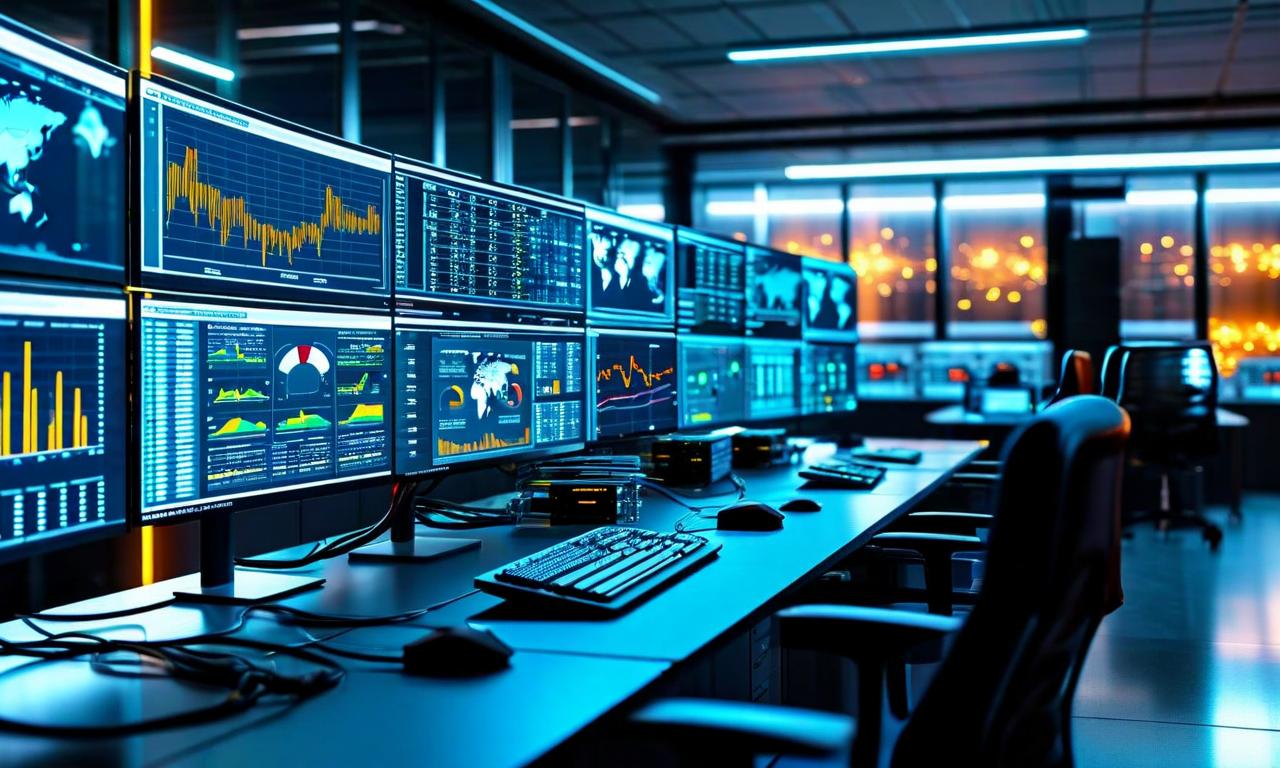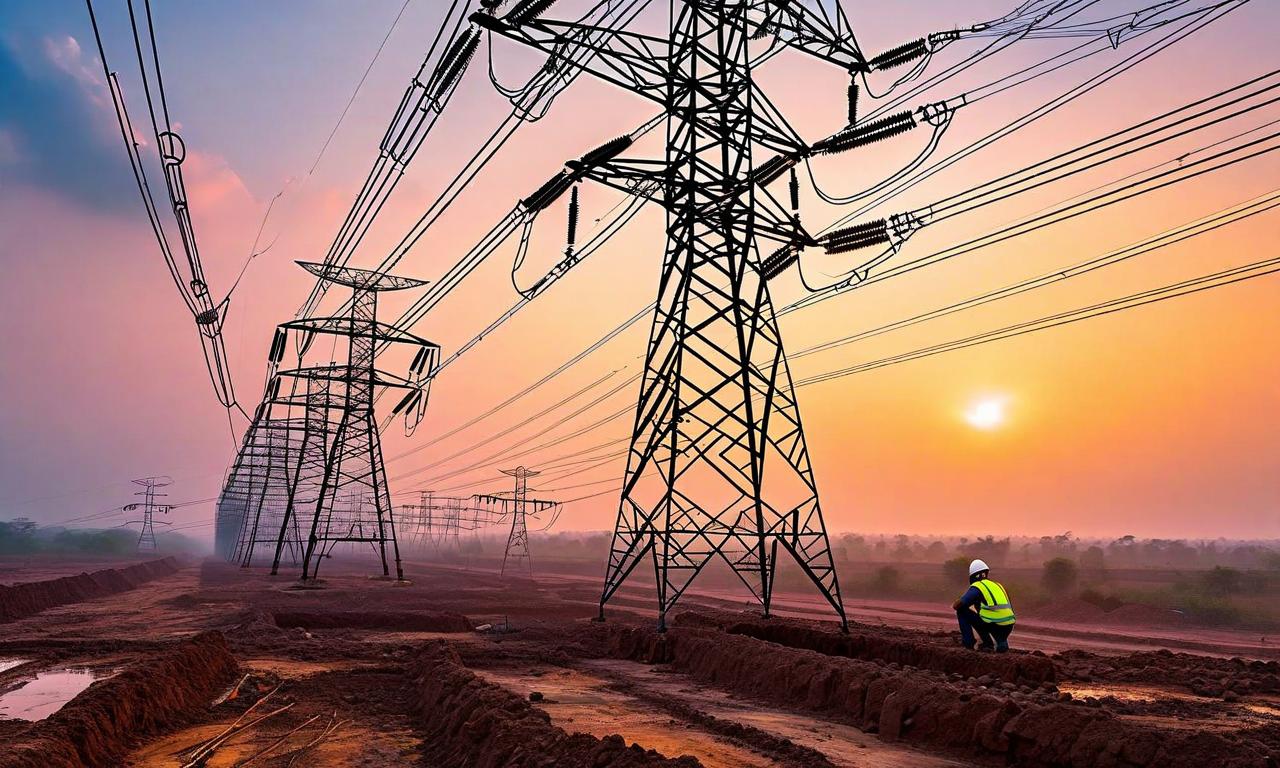Silver Hits $50 Mark as Kotak Suspends ETF Investments Due to Supply Shortage
Silver prices have surged to $51.24 per ounce, the highest since 2011, driven by industrial demand and ETF purchases. This has led to significant gains in Indian silver ETFs, with single-day increases of 6-14%. However, a physical silver shortage in India is causing delivery delays and high premiums. Kotak Mutual Fund has suspended new investments in its Silver ETF Fund due to supply constraints expected to last until October 2025. Silver prices have increased by 79%, with ETF returns ranging from 77-90%.
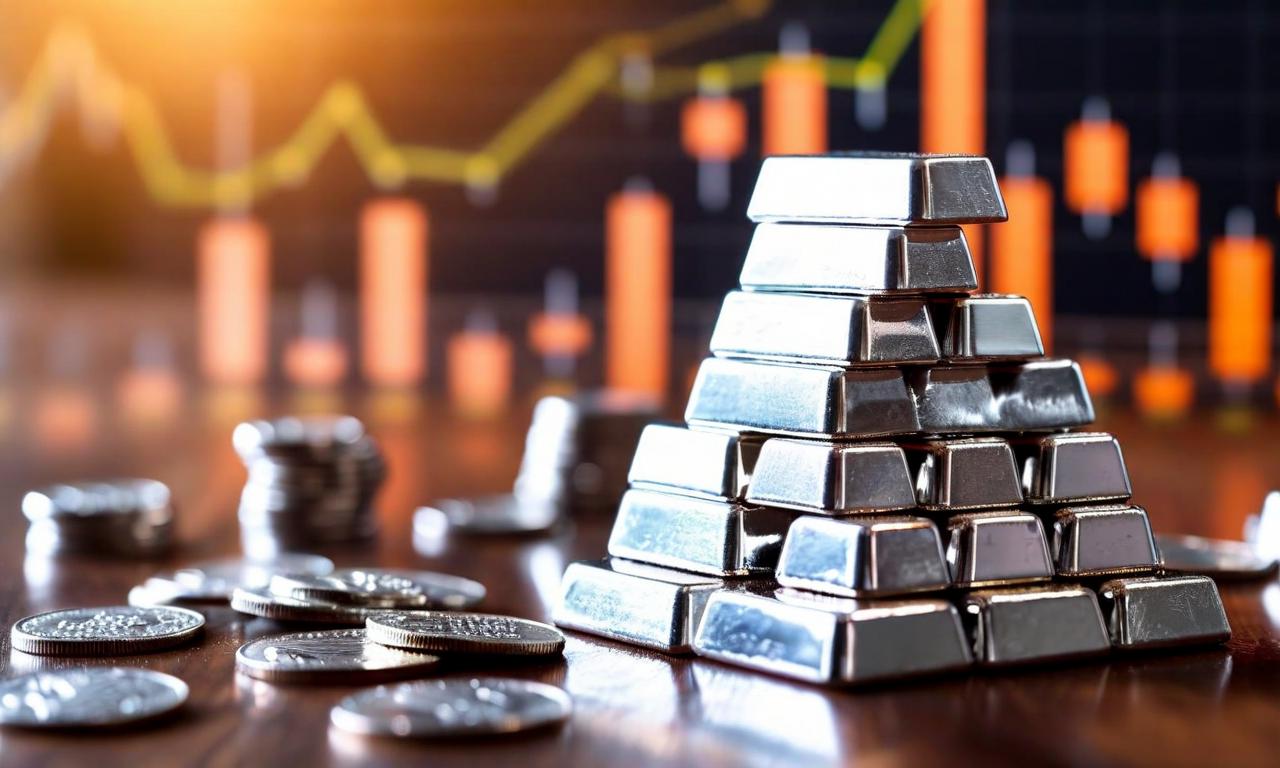
*this image is generated using AI for illustrative purposes only.
Silver prices have surged above $50 per ounce, reaching the highest levels since 2011. This dramatic increase has led to significant developments in the silver market, particularly affecting ETFs and mutual funds in India.
Price Surge and Market Dynamics
Silver peaked at $51.24 per ounce before settling at $49.98, surpassing previous highs from the 2011 commodity boom and the 1980 Hunt brothers squeeze. Nilesh Shah of Kotak Mahindra AMC attributed the rise to increased industrial demand from the solar energy sector and Saudi Arabian banks purchasing Silver ETFs.
ETF Performance and Supply Constraints
Domestic silver ETFs in India have experienced significant single-day gains, with increases ranging from 6% to 14% during a recent trading session. This surge comes as silver prices jumped 5% to reach ₹1.59 lakh per kg.
However, the market is facing unusual challenges. Market makers are struggling to deliver sufficient physical silver to fund houses for the creation of new ETF units, leading to temporary supply constraints and price distortions.
Physical Silver Shortage in India
India is currently grappling with a significant physical silver shortage, characterized by:
- Bulk delivery delays of 7-12 days
- Premiums rising to ₹5,000-7,000 per kilogram
The shortage is attributed to several factors:
- Increased industrial demand
- Central bank buying from countries like Saudi Arabia and Russia
- Growing investor interest in silver
Kotak Mutual Fund's Response
In response to these market conditions, Kotak Mutual Fund has temporarily suspended lump sum and switch-in investments in its Silver ETF Fund. The fund cited acute scarcity in India's physical silver market, with shortages expected to persist through October 2025.
Silver Performance and ETF Returns
The silver market has shown remarkable strength:
| Metric | Performance |
|---|---|
| Silver price increase | 79.00% |
| ETF returns range | 77.00-90.00% |
Current Market Status
As of the latest data:
- Silver futures on Comex: $49.14 per ounce
- Crucial resistance zone: $50-51 per ounce
Traders are closely monitoring these levels as they may indicate potential future price movements.
Implications for Investors
The high demand for silver ETFs coupled with the physical supply shortage presents a unique market dynamic. Investors should be aware of the potential volatility and liquidity issues that may arise in the short term due to these supply constraints.
While the surge in silver prices and ETF performance may seem attractive, it's important for investors to consider the underlying factors driving these movements and assess the sustainability of this trend in their investment decisions.
